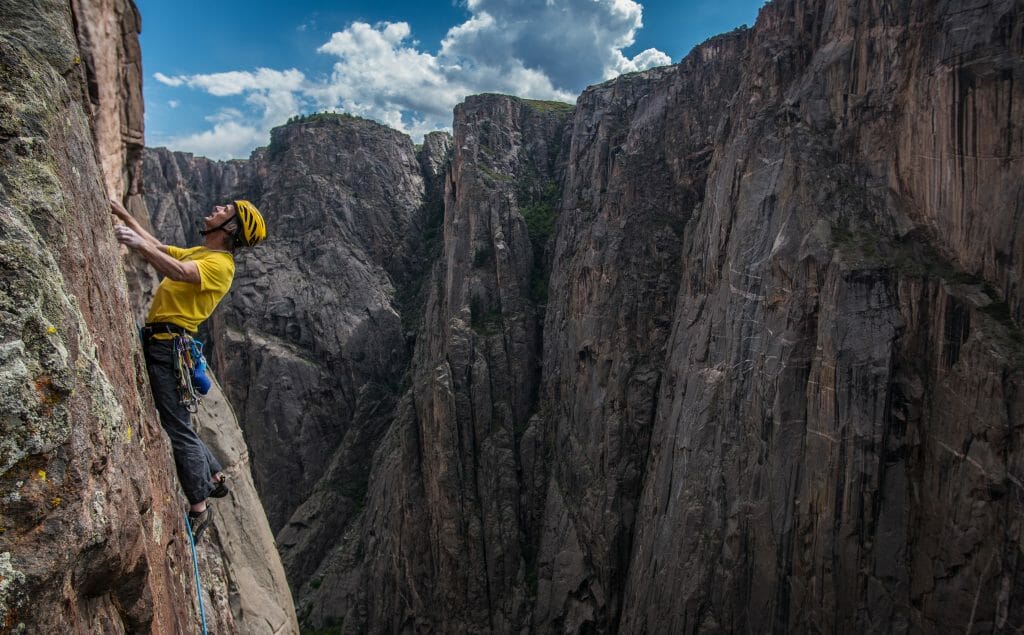When it comes to rock climbing training, building a solid foundation is just as important as perfecting advanced techniques. While trail runners and mountaineers often rely on extensive aerobic base training for endurance, climbers need a more tailored approach to improve their performance. This is where ARC training—short for ‘Aerobic, Respiration, and Capillarity’ training—comes into play. Similar to a long Zone 2 run for mountaineers, ARC training serves as the cornerstone of climbing endurance, establishing the base fitness that supports strength, power, and power-endurance during climbs.
ARC training specifically targets the forearm muscles, a critical area for maintaining grip and preventing pump. Although this method also engages the upper arms, shoulders, back, core, and lower legs, these are not usually the limiting factors in climbing endurance. The primary goal of ARC training is to extend the amount of time you can hold onto the wall and keep climbing without tiring.
For those looking to incorporate ARC training into a comprehensive rock climbing training program and build lasting climbing endurance, understanding its methodology is essential. Explore the detailed guide to learn how this foundational practice can elevate your rock climbing training.
If you’d like to know how to incorporate ARCing into a robust rock climbing training program, see the article: Training for Rock Climbing.
How to ARC Train
Choose a section of the gym that has routes within your limit that you can climb without falling or hanging on the rope. The climbing should generate a light but manageable forearm pump that you can maintain for the entire time. Part of the pump/fatigue management comes from climbing with good technique, finding midroute rest positions, and generally doing what we’d call “climbing well.” Regulating how hard you are gripping is key to ARC training, and an important skill for every climber to hone.
This workout is ideally done with a partner, or an auto-belay, but you can also execute it on a Treadwall if necessary.
You may downclimb some of the routes to maintain more time on the wall. Some gyms may even allow you to down-lead, which adds a useful mental training component.
ARCing Progression
Here is a suggested ARC training progression, assuming you can climb indoors twice a week and outside once a week. If you are climbing 5.11 or easier, start with two sessions of 30 minutes with a 30-minute rest between them. This means you can do this with a partner, and he/she can climb while you rest (and belay them). If you are climbing 5.12 or harder, start at weeks 3 and 4.
Weeks 1 and 2
Two ARC sessions: 2×30 minutes with 30 minutes rest.
Outdoor climbing day: Focus on doing pitches. As a guideline, aim for at least 90 minutes of on-rock time, but not more than 120 minutes.
Weeks 3 and 4
Two ARC sessions: 3×25 minutes with 25 minutes rest.
Outdoor climbing day: Focus on doing pitches. As a guideline, aim for at least 110–120 minutes of on-rock time, but not more than 150 minutes.
Weeks 5 and 6
Two ARC sessions: 3×30 minutes with 30 minutes rest.
Outdoor climbing day: Focus on doing pitches. As a guideline, aim for about 125–135 minutes of on-rock time, but not more than 180 minutes.
To push this beyond six weeks, mimic the progression above using a bit of common sense. You can extend this training for a long time—arguably 16 weeks or more depending on your goals—before integrating significant power and power-endurance workouts.
Specific Finger Training
One more thing: Fingers! If you’ve been climbing indoors regularly for a year or more, and/or you can onsight 5.10+/11- sport, you’ll want to add some specific finger work. Try this simple hangboard workout on one of the days you are not ARC training.
Warm-up
Start each exercise on the minute and rest the remainder of the time. Always use an open-handed grip. Exact hold selection will depend on you and your fingers; remember, this is only a warm-up.
- 3 pull-ups on jugs
- 15-second hold on jugs, arms at 90 degrees.
- 15-second hold in four-finger pockets, arms at 120 degrees.
Repeat the above circuit 3–5 times until you feel warm and are starting to get a bit sweaty. Rest for 3 minutes, then do the following workout.
Workout
Both hands on slopers, arms at 90 degrees:
- Hang 10 seconds +0 lbs, rest 3 minutes
- Hang 10 seconds +5 lbs, rest 3 minutes
- Hang 10 seconds +10 lbs, rest 3 minutes
Both hands in three-finger pockets, arms at 120 degrees:
- Hang 10 seconds +0 lbs, rest 3 minutes
- Hang 10 seconds +5 lbs, rest 3 minutes
- Hang 10 seconds +10 lbs, rest 3 minutes
Both hands on small (for you) edges, arms active—don’t hang from your joints—but straight:
- Hang 10 seconds, rest 3 minutes
- Hang 15 seconds, rest 3 minutes
- Hang 20 seconds, rest 3 minutes
If that doesn’t do much for you, or feels easy, then ladder the above. In other words, walk it back down by doing the small edge routine, then the three-finger pocket routine, then the sloper routine, then walk it back up by doing the sloper routine again, the three-finger pocket routine, and the small edge routine. Cycle this up and down as much as you need. Don’t continue to failure; stop when you feel you could probably squeeze out one more set. Or, to think of it another way, quit when you’re 80–90 percent done.
Additional Resources
For more information about ARC training, we highly recommend The Rock Climber’s Training Manual by Michael and Mark Anderson. Close readers of Training for the New Alpinism will recognize that the physiology covered by both books is the same.

